
Table of Contents
The steam room or wet sauna and the dry sauna have loads of similarities in their design and the physiological pathways by which they affect your body. However, they also differ in some ways in design, risks, and how they work.
These differences range from the method of heat generation to humidity and temperature levels. They also differ in how they affect your body concerning benefits and risks. These differences are the reasons why one type may be preferred to the other in addressing your individual needs at any given time.
In this article, we’ll highlight important differences you need to know about a steam room or wet sauna and a dry sauna. Knowing these should help you make informed choices when choosing the type of sauna that will meet your specific needs.
What are the differences between a sauna and a steam room?
Both the steam room and dry sauna apply heat on your body which accomplishes most of the health benefits they are known for. Nonetheless, below are some of how they differ.
By design and source of heating.
A dry Sauna is designed to generate heat by 1 of 3 main means namely wood-burning, electrical heaters, and far infrared as described in an earlier article you may want to look up.
The heat in a wet sauna comes from steam generated from heated objects as has been covered in another article. At times this type of sauna users have to pour water on heated rocks to generate the steam.
Wet saunas are built to be airtight to maintain the humid conditions. Furthermore, they are also built with materials that tolerate high humid conditions like tiles and glass.
By Benefits.
The difference in how they generate heat results in some differences in their health benefits. Wet saunas are better at helping relieve the symptoms of asthma, nasal congestion, and obstructive pulmonary diseases.
Steam room or wet saunas also leave your skin better cleansed than a dry one. They usually feel hotter and raise basal metabolic rates that help burn some calories. Dry saunas have a similar effect on metabolic rates though. Saunas should help in a weight loss program but they are not effective as a stand-alone weight loss measure.
If weight loss is your goal and you’ve been struggling with it, you may want to explore medically assisted weight loss options to find out if it’s right for you.
For someone with dry skin conditions, a wet sauna should be the better choice.
By risks.
A wet sauna or steam room, because of the high humidity levels, could be a breeding ground for bacteria or germs, unlike the low humid conditions in a dry sauna.
12 differences between a steam room and a sauna.
Having mentioned some differences between a steam room and a dry sauna, you may find it easier to compare the two if their differences are presented in a table as shown below.
| Wet sauna or steam room | Dry sauna |
|---|---|
| Higher humidity of over 50% which may get to 100% in some cases. | Lower humidity of 10% to 20%. |
| Lower room temperatures. | Higher room temperatures. |
| Has steam as its source of heat. | Heat sources include far infrared waves, burning wood, or electric heaters. |
| The walls and ceiling are usually made from materials like glass and tiles that tolerate high humidity. | Not necessary. |
| The sauna room is usually designed to be airtight for the maintenance of humid conditions. | Making the room airtight is unnecessary and may be problematic. |
| High humid conditions prevent the evaporation of sweat which gets it dripping down your body leaving hot and moist skin. | Low humidity allows sweat to evaporate readily which brings a cooling effect with drier skin conditions. |
| Usually feels hotter due to the high humidity that inhibits the evaporation of sweat. | May not feel as hot as a wet sauna due to the cooling effect of evaporating sweat. |
| Enhances lung function or respiratory health. | Has less effect on lung function. |
| Hydrating to the skin. | Has a drying effect on the skin. |
| The moist skin with dripping sweat enables a cleansing effect as you wipe the skin. | With a rapidly evaporating sweat, there is less cleansing effect on the drier skin. |
| High humid and moist environments are breeding grounds for germs so they need regular sanitary measures. | The drier condition and often wooden environment offer less opportunity for germs to breed. |
| The hot and damp skin may feel uncomfortable for some people but a good choice for people with dry skin. | The drier condition may offer more comfort but may be a bad idea if you suffer from dry skin conditions. |
Sauna vs. steam room after a workout.
The question is often asked which type of sauna is best after a workout session. The right answer will hinge on what you expect after your workout session. Usually, people will want something that gives the opposite physiological effect that a workout does but both types of sauna yield quite similar effects.
So the one you should opt for after your workout should depend more on what you are comfortable with. You may be feeling warm and damp with sweat after a stressful workout so a dry sauna may be preferable. It allows your sweat to dry while delivering the benefits of a sauna bath.
However, a wet sauna is believed to have a greater penetrating effect on the body and is better suited for recovery from sore muscles. On this note, wet saunas are better after high-intensity exercises that leave you with soreness.
If you are asthmatic or with any chronic respiratory condition, wet saunas or steam rooms will serve to prepare you for a workout and also help your breathing after the workout as well. In summary, a wet sauna or steam room serves as a better choice than a dry sauna after your workout.
Is a sauna or steam room better for weight loss?
Anything that could help you lose weight has to help burn calories for the most part. The body still burns calories even at rest but more calories are burnt with an increase in metabolic and heart rates.
In other words, things that increase your metabolic and heart rates help you burn more calories which is what workouts do. For every degree (celsius) increase in temperature, your basal metabolic rate rises by about 7%. (source) With the increase in basal metabolic rates comes an increase in the number of calories burnt which helps in weight loss.
Steam rooms have such humid conditions that prevent your sweat from evaporating which leaves you feeling hotter than in a dry sauna. They make your body work harder in an attempt to cool the rising temperature unlike in a dry sauna. This should lead to a greater increase in metabolism resulting in the burning of more calories.
Generally, saunas are known to increase your heart rate to ranges of 100 to 150 beats per minute. This is the fat burn heart rate zone for almost all ages and more specifically your fat burn target heart rate lies within this range irrespective of your age. These two parameters were better explained in detail in another article titled “What is fat burn heart rate?” which may pique your interest.
Be that as it may, saunas are ineffective in isolation as a weight loss measure. Don’t expect to start seeing a drop in your body weight simply because you get into saunas without taking other steps or measures like workouts and dieting.
Do keep in touch by signing up for our newsletter:
Sauna or steam room for the skin. Which is better?
This will depend on your unique needs or underlying condition if any. If you have dry skin you’ll need an option that helps moisturize your skin rather than increase the dryness. This is where a steam room will be more helpful.
Also, if you need some skin cleansing work then a steam room is the way to go. There are skin conditions and some kind of itchy blemishes that may worsen on exposure to heat. You may want to avoid a sauna if you have any of those.
Generally, I don’t recommend saunas for patients with skin infections, especially of unknown causes. If you’ve had any unhealed surgical skin incisions you may want to avoid saunas.
I hope this piece was helpful. If so, please don’t hesitate to share it. Let us know if you have any more questions on this topic or previous ones. Meanwhile, see you on the next topic.




























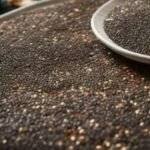


















































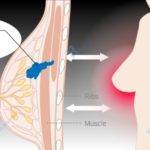

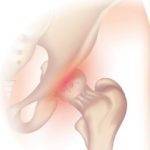






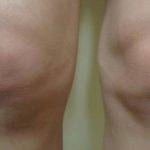


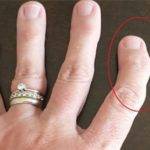














































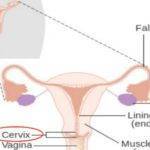














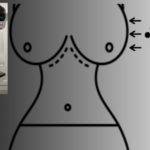

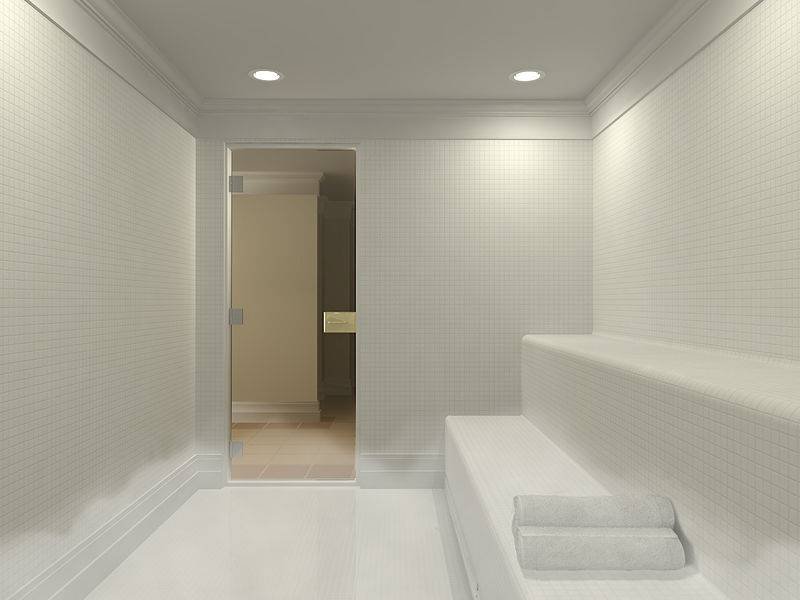

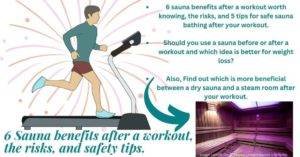
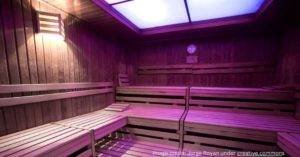

I am continuously invstigating online for tips that can aid me. Thx!
I have been searching for a while any high-quality article or weblog posts on this topic . While searching in Yahoo I at last came across this site. Reading this info satisfied my curiosity. I got just what I needed. I will make sure i visit this website regularly for info on other areas of interest.